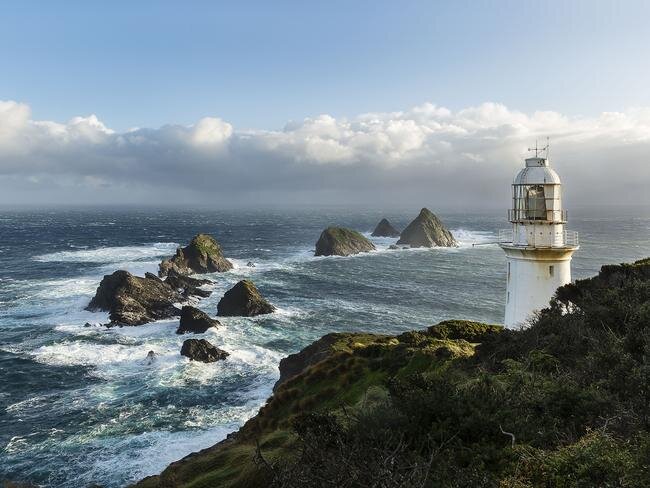The Last Lighthouse Keeper





In 1976 the lighthouse on Maatsuyker Island, converted to electricity from kerosene and the job of “lighthouse keeper” began to fade away. Maatsuyker is the southernmost light in Australia, about five miles off the bottom of Tasmania. Millennials should be asked to witness this coast in a gale before they are ever allowed to use the word “awesome” again.
After 80 years of continuous manual operation, John Cook was head keeper the night that electrical current, rather than burning hydrocarbons, sent a beam of light thirty miles out towards antarctica flashing three times every thirty seconds.
Cook’s account of his time working the lights is relevant to those of us who have sailed past the lights on Maatsuyker, Tasman and Bruny Islands and been reassured by their unfailing beat, but it also resonates as a lament dying skills and ways of life that the wooden boat lover can often relate to.
“I knew there were already plans to electrify the lights. To automate. To relegate man beneath machines. To make us redundant. To take all the purpose out of life. As if richness did not lie in purpose and meaning but in leisure. I was keenly aware that I was in love with a dying life.”
The relentless march of technology, indiscriminately trampling on the crafts and traditions of the past, is something we have got used to. Nowadays, very few people can find their position in the world by assessing the angles of a few heavenly bodies, a skill that thirty years ago was essential before a boat headed out of sight of land. Even the simple art of writing a letter is vanishing. How many people can now express their feelings succinctly and politely and convey that message in handwriting that is both legible and evocative? Of course, there are a few pockets of resistance which become quaint reminders of a more tactile past. The hipster film processing lab, the small run vinyl record press, the woven wicker cray pot.
However, this sentimentality for the past distracts from Cook’s most important point.
Before Maatsuyker was converted to electricity there were three lighthouse keepers and their families living on the island. Every single night for eight decades, was split into three watches or shifts during which the keepers would tend the light, winding up the gravity powered rotation mechanism, tending the mantle, recording the weather, noting down ship movements and cleaning the glass.
The keepers all talk of a deep satisfaction that came from practical action and routine rather than a striving for ease and convenience. I am not for a moment suggesting that we should attempt to reverse the gains of technology like some 21st century luddite taking a sledgehammer to the machines.
But perhaps we need to refocus our daily quest for leisure towards a search for deeper fulfilment through achievement. The forced leisure of lockdowns in 2020 has surely made this clear.
There is little doubt in my mind that the moments that we feel most deeply satisfied are not those that come from an absence of hard work, but from doing something difficult…doing it consistently…and doing it well.
//
If you’ve recently read a book about sailing that’s caught your imagination we’d love to hear from you: helm@southernwoodenboatsailing.com
